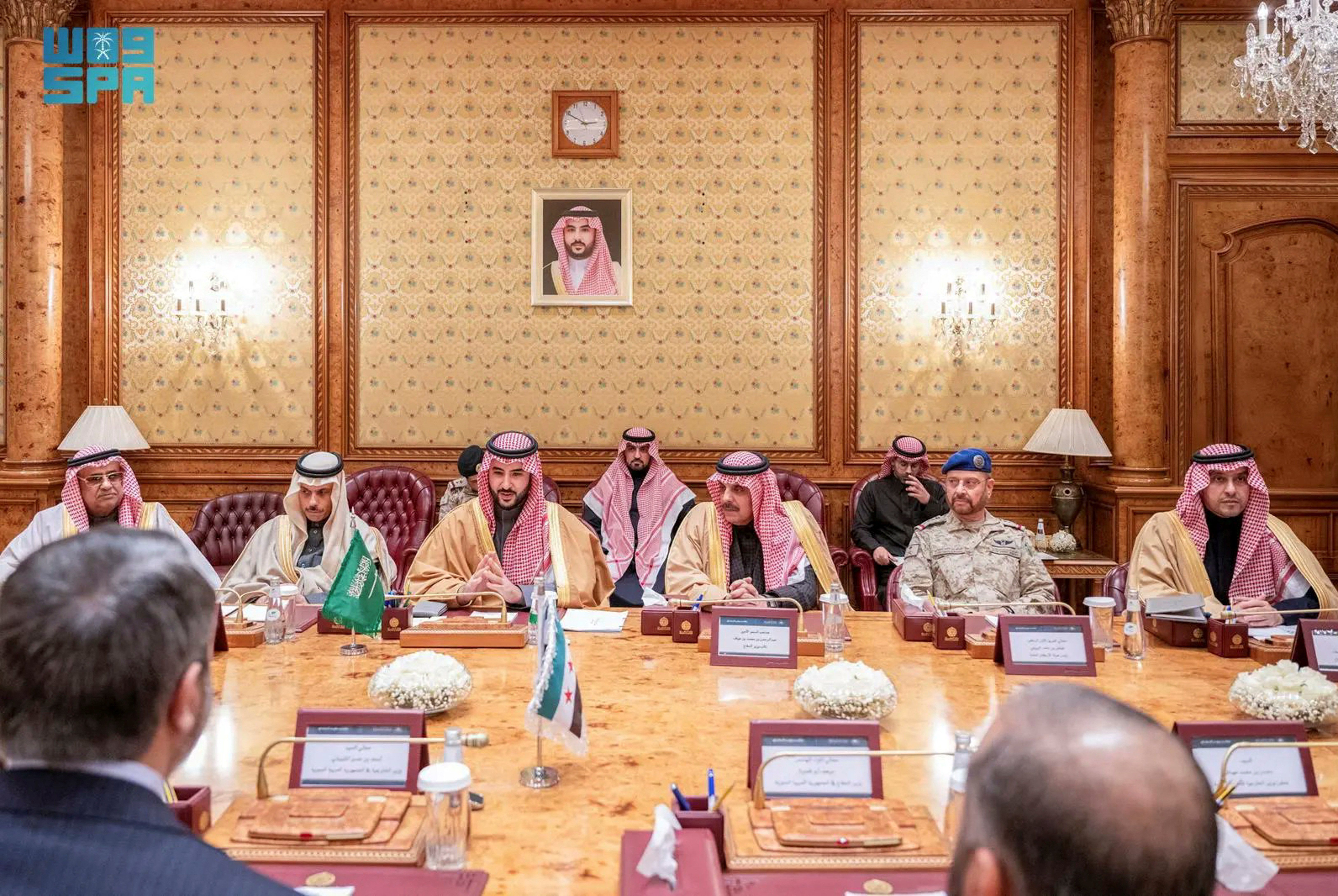On Wednesday, a Syrian delegation that included Foreign Minister
Asaad al-Shaibani, Defense Minister
Murhaf Abu Qasra, and intelligence chief
Anas Khattab arrived in Riyadh, Saudi Arabia’s capital, for the
new Syrian government’s first diplomatic trip abroad. Syrian and Saudi leaders have much to offer one another.
The Saudis welcome a government in Syria that is no longer an Iranian ally and a transit route that allows Tehran to rearm Hezbollah, its proxy in Lebanon. The Saudis would also like to see an end to the smuggling into the kingdom of dangerous narcotics from Syria. For Saudi Crown Prince Mohammed bin Salman, these are developments that can help stabilize the region after more than a year of expanding war and decades of a delicate balance between Iran and the Gulf Arab states.
The new leaders in Damascus hope the Saudis and other deep-pocketed Gulf Arab states will see the new Syria as a “big investment opportunity,” in the words of the country’s de facto leader, Ahmad al-Sharaa, until recently known by his nom de guerre, Abu Mohammed al-Golani. Rebuilding civil war-torn Syria and welcoming back large numbers of Syrian refugees from abroad will be an enormously expensive project, and the Gulf Arabs are by far the likeliest potential donors to see self-interest in major investments.
